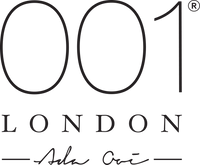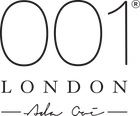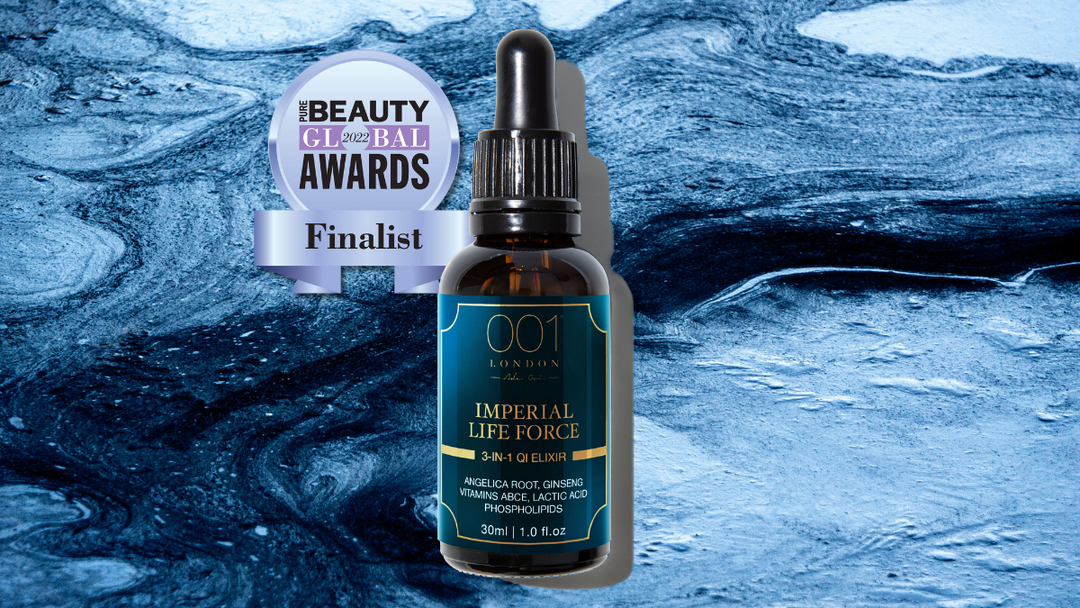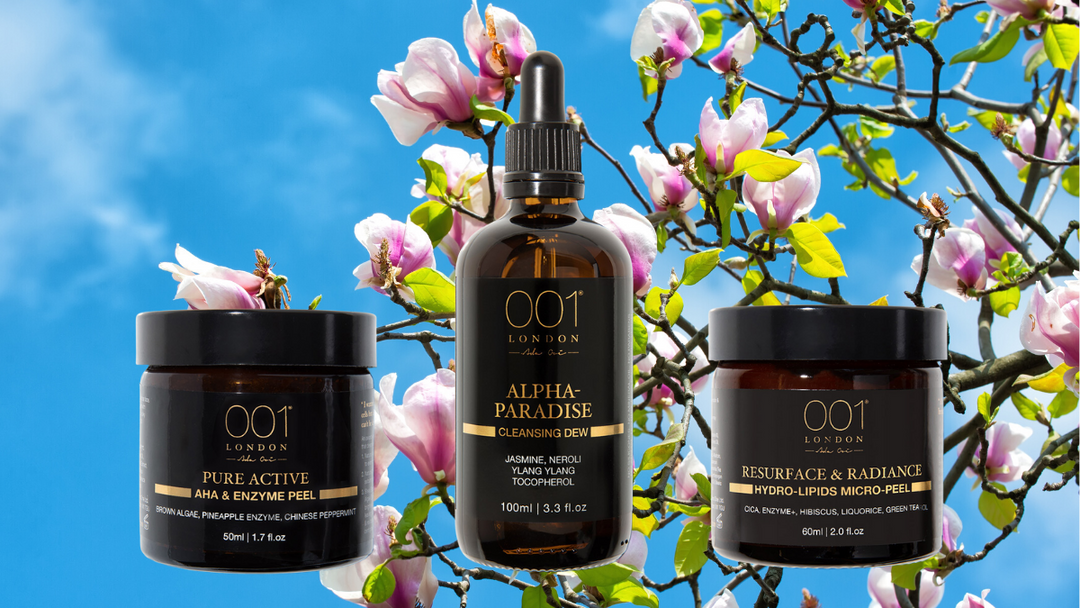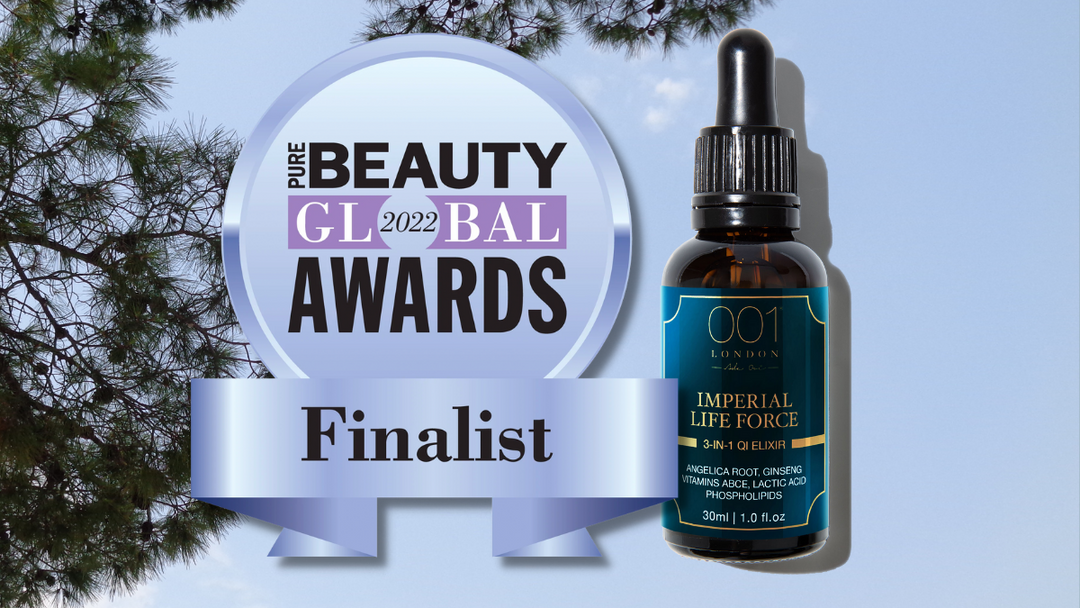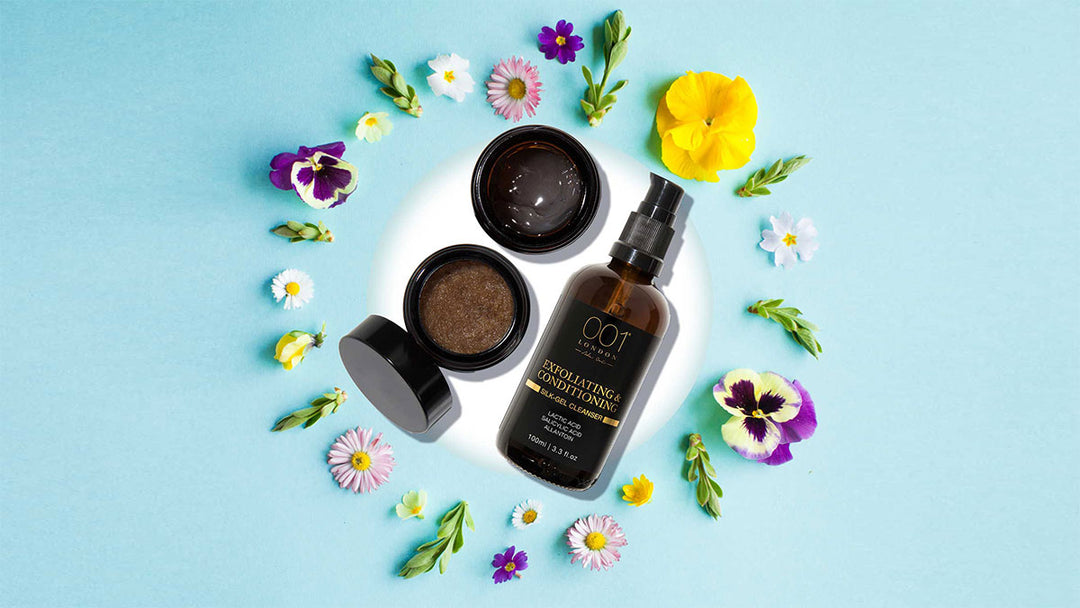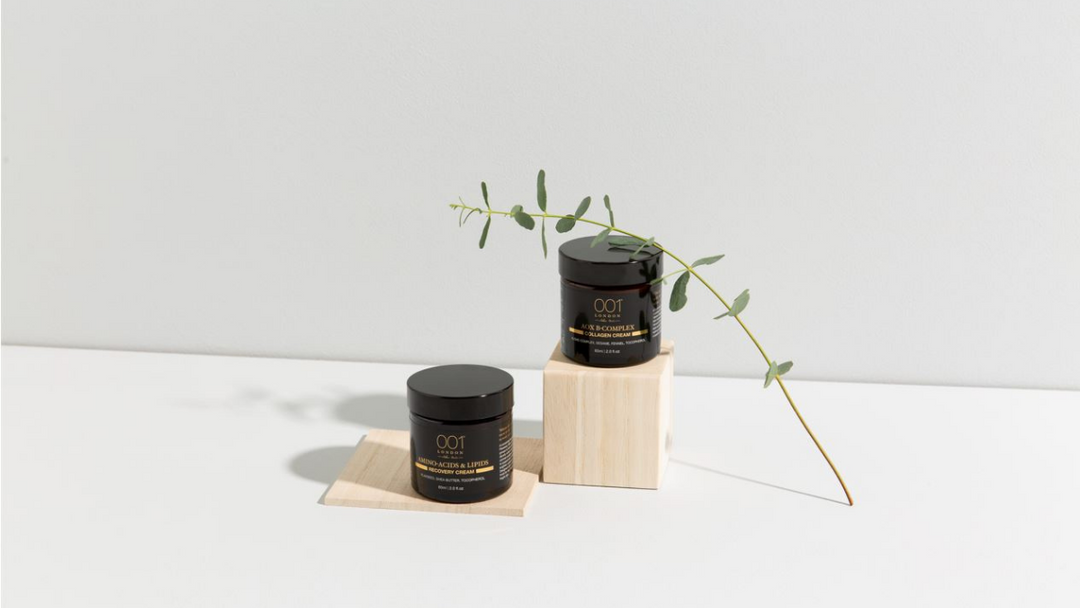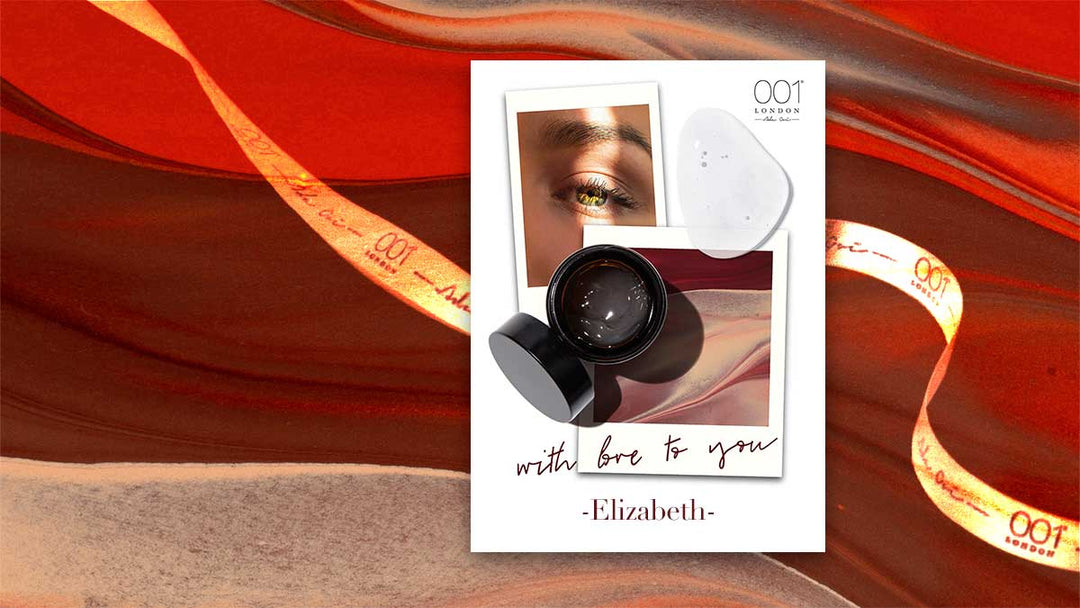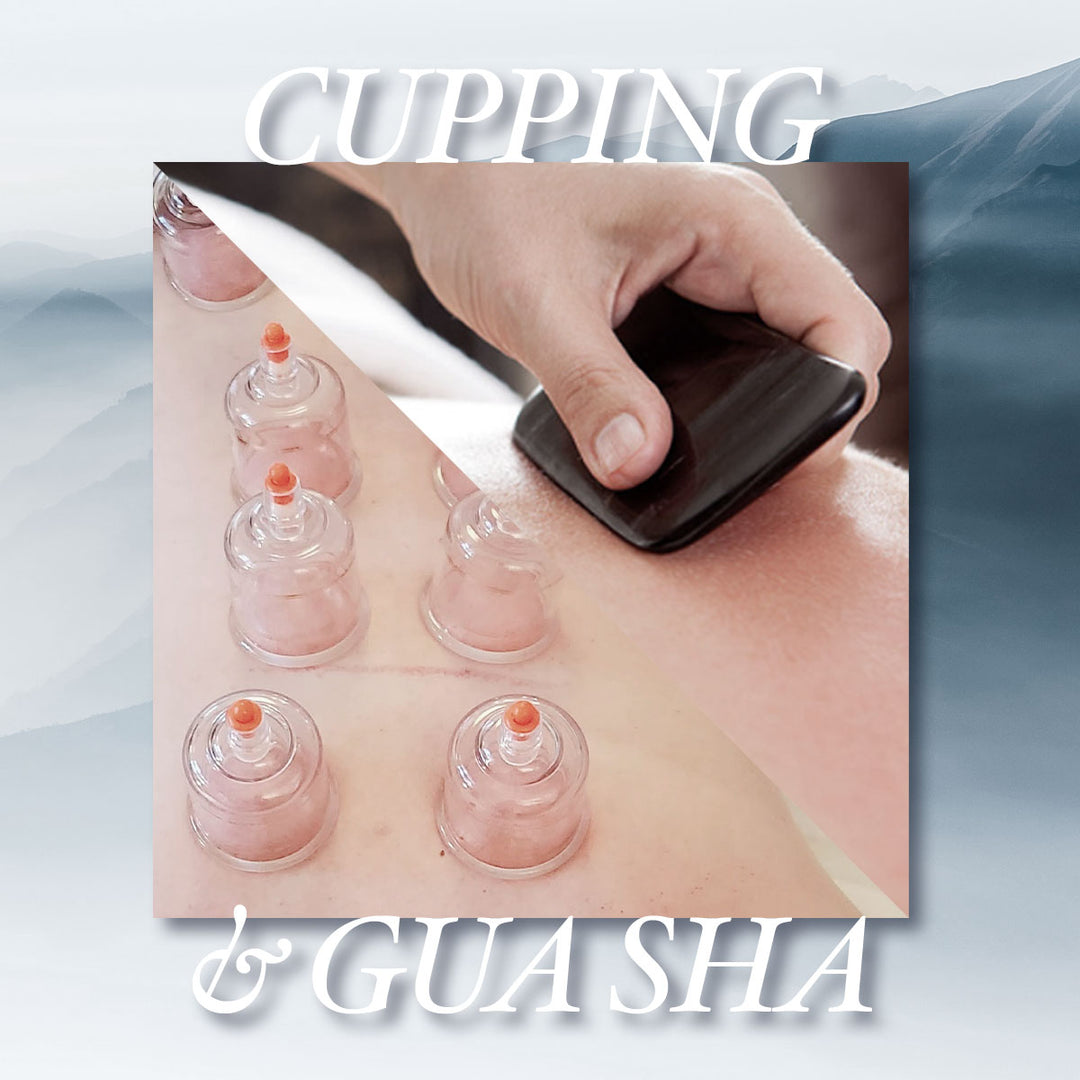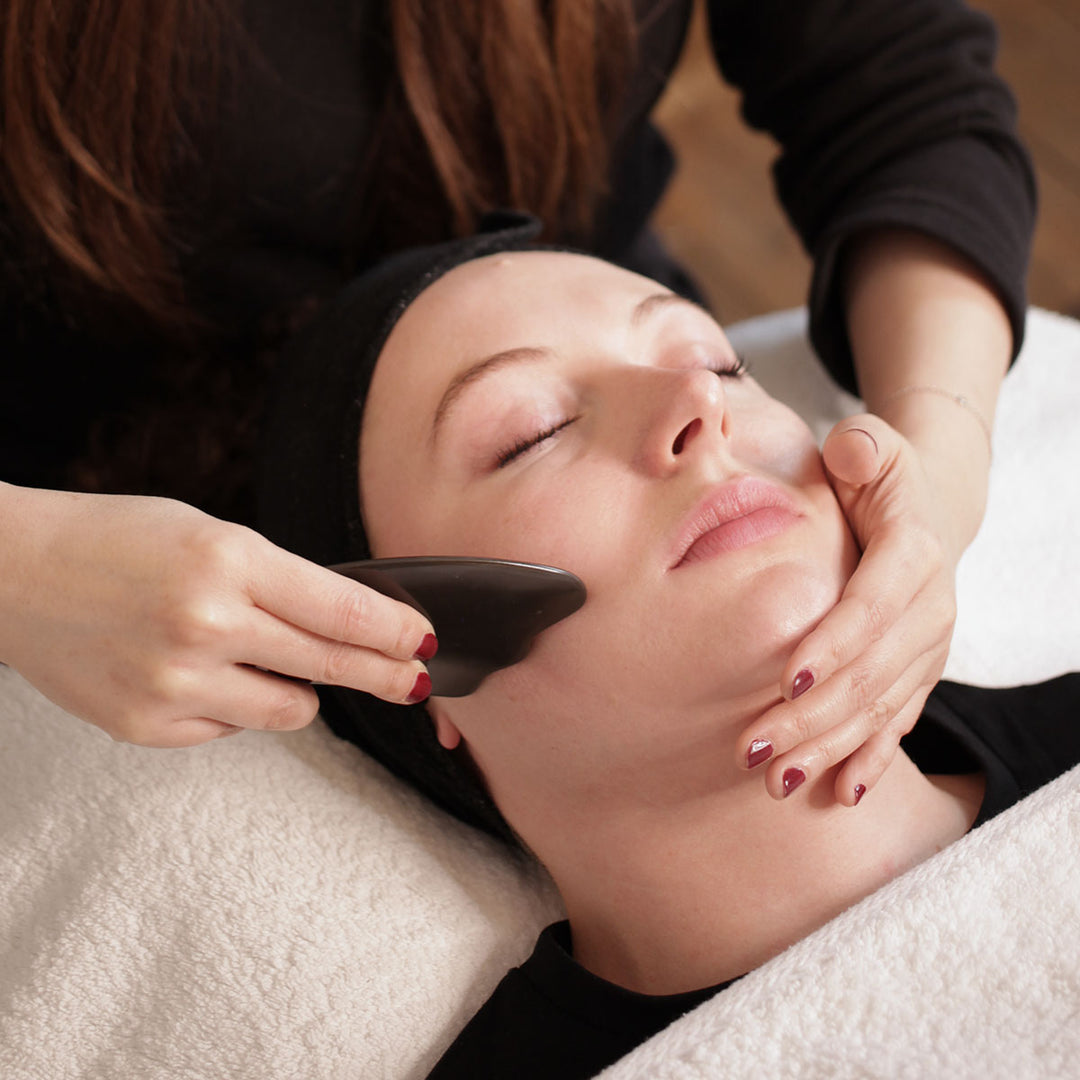Everything you need to know about cupping therapy. This traditional body treatment is an A-list favourite - but what really are the benefits?
MAY 25 2021

Cupping therapy might be having a modern resurgence, fuelled by a host of A-list and athlete devotees - from Jennifer Aniston, Kaley Cuoco and Gwyneth Paltrow to Michael Phelps and Justin Bieber - but the treatment can actually be traced back to ancient Chinese, Middle Eastern and Egyptian cultures.
Here, celebrity facialist, Traditional Chinese Medicine authority and founder of 001 Skin, Ada Ooi, breaks down the origins and benefits of this history-steeped therapy.
What is cupping?
Simply put, cupping works by “breaking down stagnated elements and letting them resurface and go through our body's metabolic system to be taken out as waste,” says Ooi. Cupping traditionally involves applying glass domes to the back, before using fire to create suction against the skin, although today many practitioners use silicone domes that don’t require an open flame to activate. Cupping is usually recognised by the circular marks it leaves on the skin, scattered across the client’s back. Often mistaken for bruises, these marks are actually caused by the blood being drawn specifically into that area via the cup’s pressure. The depth of colour in the marks is believed to be an indicator of the levels of stagnant blood, toxins and lymph present in the body.
“The red marks that form will then be transported through our waste system, prompting healing and stimulating the lymphatic system, which in turn helps to get rid of excess fluids and promote waste management,” says Ooi. “The cupping marks on your body will indicate the level of blood and Qi stagnation, toxin accumulation, or dampness present,” says Ooi.
Dampness is a condition existing within the body, which the principles of Traditional Chinese Medicine suggest can be caused by our digestive system's inability to transport fluids, or from the body being overwhelmed by external damp from the weather, foods we eat, or illness. It’s most easily recognised as phlegm, coldness and sluggishness, and can lead to symptoms such as indigestion and respiratory tract congestions. Qi translates literally to air, but as Ooi explains, it really refers to the flow of energy. “According to Traditional Chinese Medicine, everything from our body to our feelings is made up of Qi, and a balanced Qi is essential for good health."
What are the benefits of cupping?
As well as as a preventative treatment, cupping is used directly to treat several specific ailments, such as “tensed muscles or chronic muscle aches: a lot of athletes and sportsmen have cupping in-between competitions to speed up recovery,” says Ooi. “While treatments such as gua sha allow for more mobility and flexibility, I find cupping to be especially great for people who might have been suffering for chronic tension, to a point that their 'knots' are too hard or too sore to touch.” she says.
“If you've symptoms of indigestion (such as bloating), cold limbs or water retention, practitioners can cup along the meridian network reflexive to the organ system, which might be imbalanced and obstructing a regular flow of Qi and blood to nourish the body,” she adds.
Can gua sha deliver clear skin and sharp contours?
Cupping aftercare Just as with gua sha, Ooi recommends avoiding showering for two hours following a body cupping treatment, and to keep yourself warm. “This is because any dampness that develops can turn into cold when entering into the body while the blood vessels are wide open and active.”
It’s a good idea to drink plenty of water following cupping therapy in order to give your lymph system a boost. It’s also normal to feel a little tired, or possibly even flu-like, as your body processes and eliminates the toxins released. “The body can be overwhelmed by all the actions coming together – so listen to your body if it tells you to rest, keep warm and take a nap. I’m certain you'll wake up feeling light and relaxed. It's important to remember these flu-like symptoms are only a temporary reaction by your immune system to the cellular waste that cupping helps to release,” says Ooi.
Article by ROBERTA SCHROEDER - HARPER'S BAZAAR
